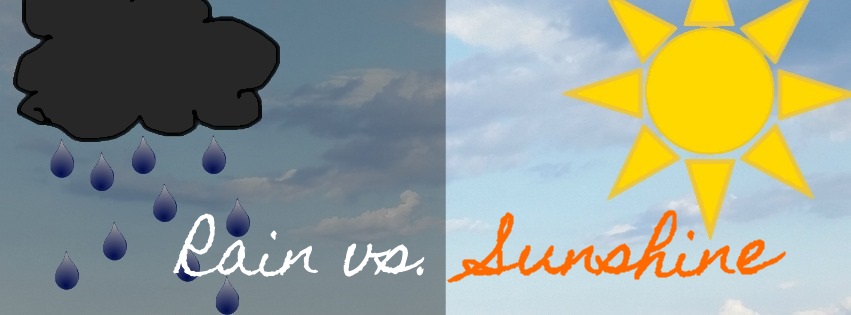
Rain vs. Sunshine: Cultural Innuendos in Languages
During one of our lunch breaks in the office we were talking about the (nice!) weather and somehow – do not ask me how – we ended up having a discussion on cultural differences in languages. We thought it was fascinating what impact culture has on a country’s language: the Inuit have many words to describe snow, just as the Dutch have to describe rain, and the Greeks are very creative when it comes to explaining ‘a sunny day’!
For Indonesians and Italians, on the other hand, weather isn’t as much interesting as food. When you are an Indonesian you have many words for rice and when you are an Italian you have many words for pasta. And as far as these things go in our office, it is difficult to stop, so here are our just a few pointers on the cultures we are familiar with. We invite you to share some more ideas with us.
The Dutch:
If you have been to the Netherlands, you know that the sun is a luxury here. Rain, wind, and storm is your daily bread in the Netherlands, particularly if you live close the coast. So you may not be surprised to hear that the Dutch have many ways to explain rain. And it is – surprise surprise – something we can compare with the English language. Here are a few:
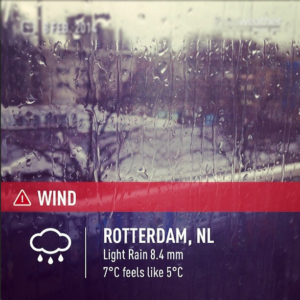
[list style=”list1″ color=”gray”]
- Motregen = drizzle.
- Regen = rain.
[/list]
And if you are looking for another word for the noun “rain” you can use:
[list style=”list1″ color=”gray”]
- Bui, hemelwater, hoosbui, ijzel, miezer, neerslag, plasregen, plensbui, plensregen, regenbui, regenval, regenwater, regenzone, slagregen, stortbui, stortregen, waterhoos, watervloed, wolkbreuk, zondvloed.
[/list]
And if you want to say that it is raining, your options are:
[list style=”list1″ color=”gray”]
- Het zeikt, het miezert, het druppelt, het piest, het pist, het gutst, het giet, het plenst, het regent pijpestelen! (= It’s raining cats and dogs!), het regent dat het giet (= It’s pouring).
[/list]
The most promising saying though is:
[list style=”list1″ color=”gray”]
- Na regen komt zonneschijn = After the rain, sunshine will come.
[/list]
The Inuit:
If you are living near the Arctic and snow is part of your daily life, you need more words to describe the surroundings than simply saying: it is snowy. For the Inuit, snow is not a Christmas Carol, they need to understand whether the snow’s condition is good enough to go for a sleigh ride or whether you will sink in the snow. So, you need at least:
[one_half]

[/one_half]
[one_half_last]
[list style=”list1″ color=”blue”]
- Aniu = snow used to make water
- Aputi = snow on the ground
- Aqilokoq = softly falling snow
- Matsaaruti = wet snow that can be used to ice a sleigh’s runners
- Maujaq = snow in which one sinks
- Piegnartoq = snow that is good for driving sled
- Pukak = crystalline snow on the ground
- Sitilluqaaq = applies to a drift of hard snow that formed after a storm
- Qanik = snow falling
[/list]
[/one_half_last]
The Greeks:
Like all Mediterranean countries, Greece is well-known for its good weather conditions all-year long. Hence, Greeks have different words or expressions to describe their sunny days, some of those not to be found in English. The most popular ones are the following:
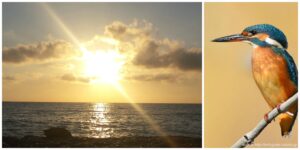
[list style=”list1″ color=”orange”]
- Ηλιοφάνεια = sunny day.
- Καλοκαιρία = good weather.
- Μερική ηλιοφάνεια = partly sunny
- Λιακάδα = sunshine
- Λαμπρός ήλιος = when the sun is shining brightly [direct English translation: bright/brilliant sun].
- Αίθριος καιρός = clear sky.
- Χαρά θεού = extremely good weather [direct English translation: God’s joy]
- Ηλιόλουστη μέρα = sunny day [direct English translation: sun-showered day]
- Ήλιος με δόντια = used for the cold sunny days, normally in winter [direct English translation: sun with teeth]
- Αλκυονίδες μέρες = used particularly for the sunny days in January when the sun is shining and the temperature is relatively high [direct English translation: the days of the Eurasian Kingfisher bird]
[/list]
The Indonesians:
Indonesia is an agricultural country (and they are fond of food!). Rice is one of the most important dishes for Indonesians. Some might even say that they haven’t eaten if they haven’t had rice. There are different terms for the different stages the rice is at.
[one_third]
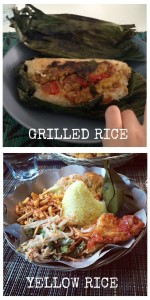
[/one_third]
[two_third_last]
[list style=”list1″ color=”green”]
- Padi = rice on the stalk or stem in the field.
- Gabah = unhusked rice grains.
- Beras = uncooked rice.
- Nasi = cooked rice.
[/list]
And just like Europeans with their potatoes, Indonesians cook rice in many different ways:
[list style=”list1″ color=”green”]
- Bubur = rice porridge.
- Lemper = glutinous rice filled with meat.
- Nasi bakar = grilled rice.
- Nasi kuning = yellow rice.
[/list]
[/two_third_last]
The Italians:
What rice is to the Indonesians pasta is to the Italians. And no, tagliatelle is not the same as fettuccini or pappardelle, yes it is all long pasta but here the similarities stop – so get your pasta alphabet right!
[one_half]
[list style=”list1″ color=”yellow”]
- Acini di Pepe = tiny bead-shaped pasta.
- Bucatini = thick spaghetti-like pasta.
- Cappelletti = plump meat filled pasta.
- Ditalini = pasta shaped like small tubes.
- Elbow Macaroni = short curved tubular pasta.
- Farfalle = butterfly or bow-tie shaped pasta.
- Gemelli = s-shaped strand twisted into a spiral.
- Mafalda = ribbon-shaped pasta.
- Orzo = short-cut pasta, shaped like a large grain of rice.
- Penne = cylinder-shaped pasta with pointy ends.
- Ravioli = dumpling with a filling sealed between two layers of thin pasta dough.
- Spaghetti = long, thin, cylindrical, solid pasta.
- Tortellini = ring-shaped pasta.
- Vermicelli = similar to spaghetti, but thinner.
- Ziti = cylinder-shaped pasta, similar to penne.
[/list]
[/one_half]
[one_half_last]
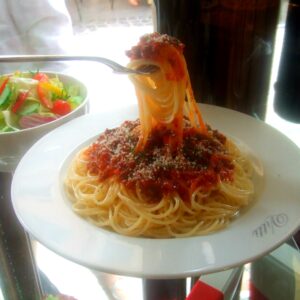 [/one_half_last]
[/one_half_last]
ELM Team
© Expertise in Labour Mobility B.V. All rights reserved.
